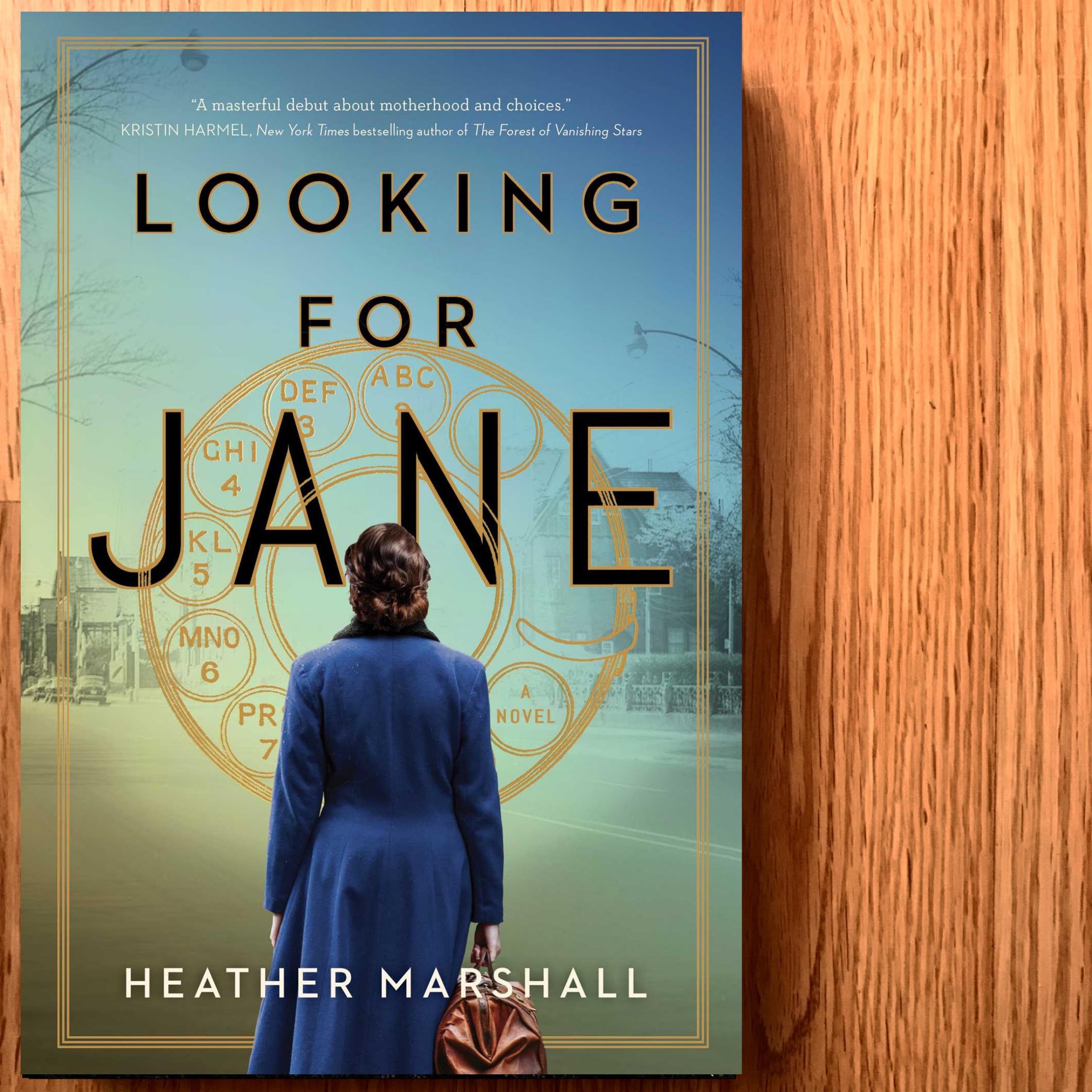In the vast expanse of contemporary literature, few stories manage to strike a resonant chord in the hearts of its readers like “Looking for Jane” by Heather Marshall. This compelling novel intricately weaves together themes of motherhood, identity, and societal expectations, forming a rich tapestry that invites discussion and reflection. At its core, the book delves into the socio-cultural undercurrents that shape our lives, exploring the harrowing experiences of women navigating the complexities of choice, agency, and societal norms.
As the narrative unfurls, readers are introduced to three equally compelling protagonists, each residing in different eras yet interconnected by the haunting specter of a clandestine history. The book oscillates between past and present, creating a multifaceted exploration of abortion rights and women’s empowerment. The alternating timelines not only enrich the storyline but also invite readers to draw parallels between the past and the modern world, emphasizing how far we have come and yet how much remains unchanged.
The protagonists’ journeys are profound, revealing personal struggles that mirror larger societal dilemmas. Each character embodies the distinct challenges faced by women in their respective time frames. Marshall’s nuanced portrayal offers a mirror that reflects the complexity of womanhood, urging readers to confront the uncomfortable realities that continue to permeate society. As they flip through pages, readers can expect to encounter themes of resilience, defiance, and the quest for autonomy.
The book’s narrative voice resonates with an impassioned plea for understanding and empathy. Marshall’s writing style combines eloquence with raw emotion, drawing readers into the inner sanctum of her characters’ experiences. Descriptive passages elucidate the emotional landscape of the protagonists, often invoking visceral imagery that lingers long after the pages have been turned. The emotional depth of the narrative allows readers to not just observe but also feel alongside the characters, fostering an intimate connection that is crucial for engaging storytelling.
Another noteworthy aspect of “Looking for Jane” is its intricate exploration of the concept of motherhood—an omnipresent theme throughout the novel. Marshall deftly navigates the multifarious facets of maternal instinct, societal pressures, and the seismic shifts in perceptions around motherhood over the decades. Readers are presented with heart-wrenching scenarios that challenge conventional notions of what it means to be a mother, compelling us to ponder the sacrifices, choices, and loves that shape these profound relationships.
The characters themselves serve as embodiments of conflict and contrast. For instance, one character may exemplify the staunch believer in traditional values, whereas another might be a fervent advocate for progressive change. These contrasting viewpoints are not merely rhetorical devices; they serve to articulate the genuine debates surrounding motherhood, choice, and autonomy. Such juxtaposition not only sparks intrigue but also fuels meaningful dialogue among readers, providing ample fodder for book clubs and discussions.
Furthermore, Marshall’s meticulous attention to historical detail adds a layer of authenticity to the narrative. Through comprehensive research, she contextualizes the plight of her characters within the broader historical framework of women’s rights. This commitment to accuracy not only educates readers but also enhances the emotional weight of the story, reinforcing the idea that these are not just fictional dilemmas but echoes of real struggles faced by countless women throughout history.
Visibly, the theme of choice is pivotal in “Looking for Jane.” The protagonists grapple with the implications of their decisions against the backdrop of societal expectations, offering readers a lens into the moral ambiguities that often accompany such choices. The exploration of agency is especially poignant, revealing how circumstances—be they cultural, economic, or personal—can severely limit or expand the options available to women. In depicting these dilemmas, Marshall cultivates a fertile space for reflection, encouraging readers to examine their own understanding of freedom, choice, and consequence.
In summation, “Looking for Jane” is an extraordinary narrative that transcends mere storytelling to become a profound reflection on the existential struggles of womanhood. Marshall’s ability to interlace the personal with the political creates an engrossing read that resonates on multiple levels. Readers can expect a rich blend of captivating storytelling, evocative prose, and thought-provoking themes that linger long after the final page has been turned.
For those seeking a literary work that not only enchants but also educates, “Looking for Jane” stands as an essential read. It invites exploration and discussion while illuminating the complexities of choice, agency, and the multifaceted nature of motherhood. Whether one approaches it as a casual reader or as a thoughtful observer of history and society, Marshall’s poignant prose promises a rewarding and enlightening experience.
In conclusion, the magic of “Looking for Jane” lies not only in its engaging narrative but also in its ability to inspire dialogue and introspection. As readers immerse themselves in the lives of the characters, they gain insight into the struggles that define women’s experiences across generations. This multifaceted book is a tribute to the indomitable spirit of women, serving as a powerful reminder of the fights fought and those still to come.
